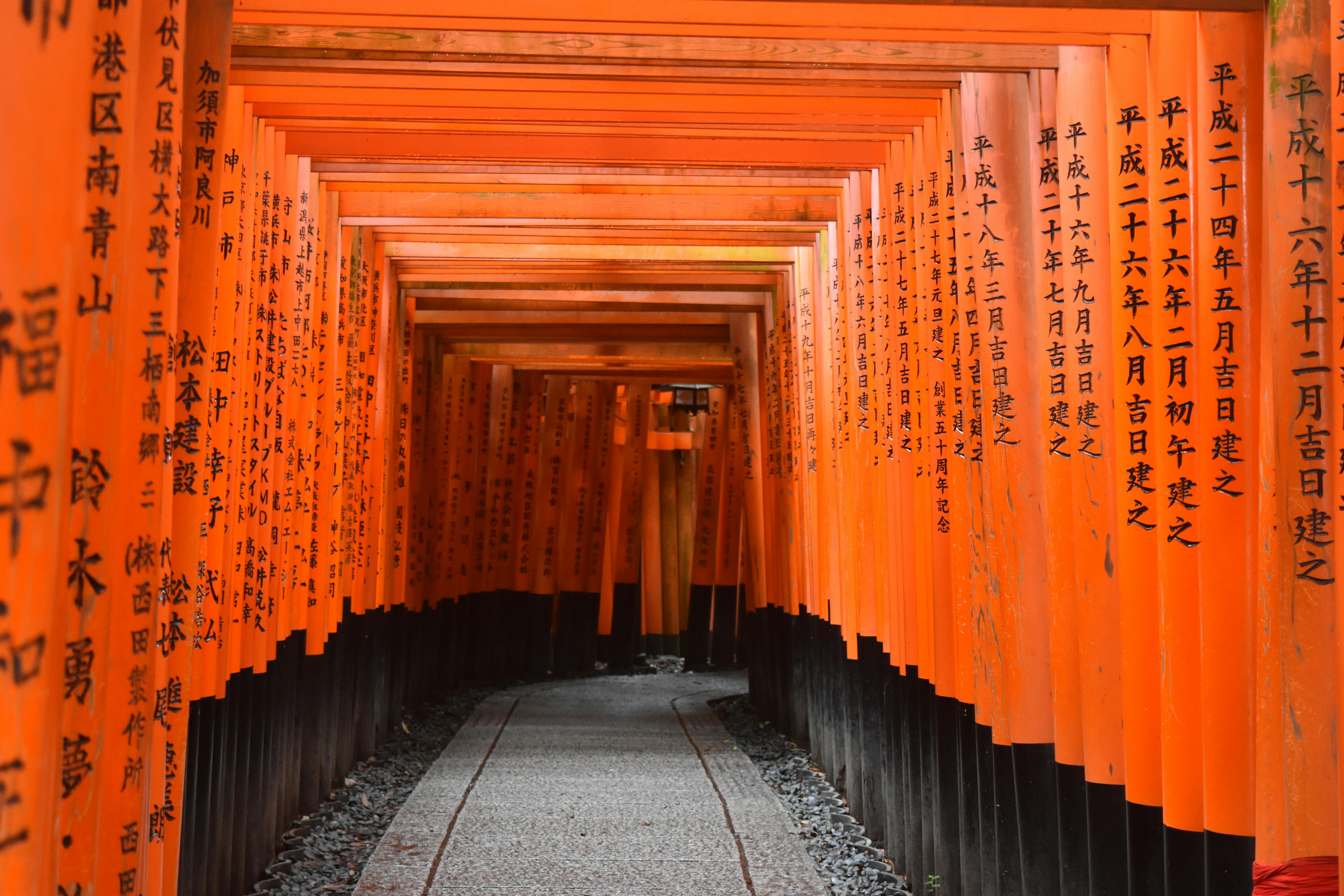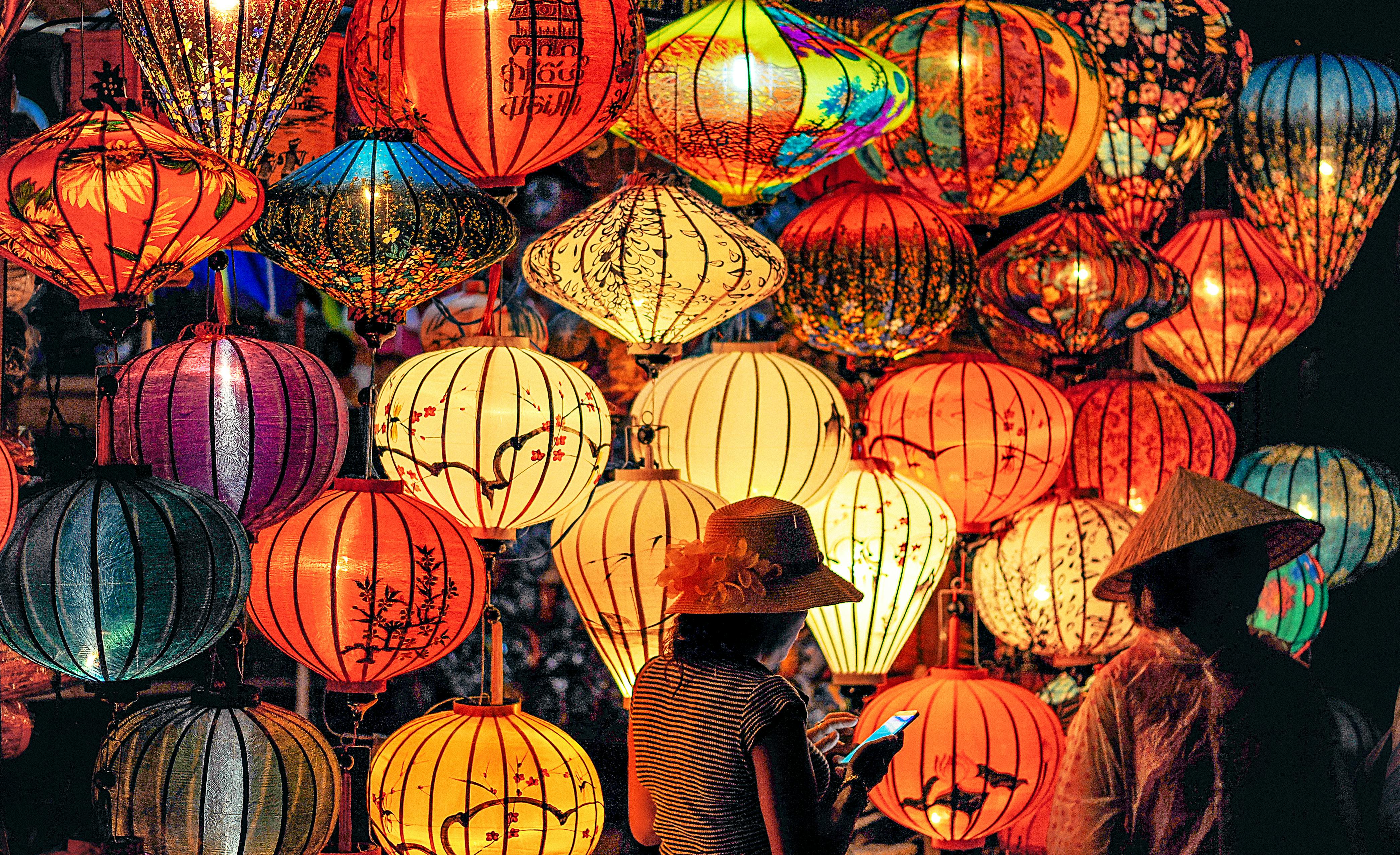Community tourism for people: Annapurna Community Eco-lodges
I was a bit apprehensive. All year we had been working to develop community-led sustainable tourism. Not just for the locals, but also run by the local townspeople. And in an ecological way. This was the first time we had taken a trading group on the 8 day Nagi and Mohare Hill (3300m) trek. It would give me a chance to see what progress has been made on the construction of some of the still unfinished community hostels, but more importantly, it would give me a chance to test the water with paying guests.
Our first day was spent walking through orange groves. Everywhere there were oranges to eat. Paying a few rupees for an orange, we gorged ourselves on the sweet fruit as we made our way up Banskharka. We stay in homestays here, as plans for a hostel are still in the early stages. Apart from a short walk to the bathroom at the end of the garden (you had to be careful not to hit your head on the oranges hanging from the low branches along the way), the accommodation was simple but clean and everything you needed to get by. a good night. . Clients were delighted with the charming and attractive town, receiving a warm welcome from the school children and visiting the small health post.
Reluctantly leaving this charming village in the morning, we climbed through the forest, to a small town where we stopped for lunch. Looking in both directions along the valley, we could see Nagi, our destination, in the distance. Here we had to wait a while, since the message had taken time to reach the town we were coming to. Although communications everywhere are very good, this small town falls into the shadows and phone reception is spotty, with no internet access to connect. The wait was well worth it, with a delicious meal of dal bhat, made from locally grown produce.
A gentle walk that skirted Nagi brought us to the center of the project. There, in January, Mahabir Pun invited me and Megh Ale, the owner of Borderlandsgroup. She had asked us to advise him on how we could help him with a community tourism project that would ensure maximum benefit for the local people.
At the time, he had emphasized the need for not only the community to drive the project, but also a very strong environmental side. Not just ‘community hostels’ but ‘community eco-lodges’.
When one of the hikers asked me rather skeptically what I meant by ‘eco’, as the term tends to be overused and sometimes seen as meaningless, I explained what I understood it to mean here.
The locals are not only building the lodges with local materials (their contribution is 40% of the total cost), but they also have the opportunity to work to run the lodges, cook and work as porters and eventually work as local guides. . My greatest hope is that enough tourism will help stem the tide of people leaving towns, making it worth staying.
Not only is the emphasis placed on local people directly benefiting from tourism, but it must also be managed in an environmentally friendly way. So this means making sure there is no litter on the roads, handling waste from shelters and canteens, using fuel and resources like water responsibly. The aim is to switch to using gas in the near future and where there is no electricity from the grid, solar panels are used for lighting. One of the hikers suggests how the school children can be a great driving force in helping to keep their village clean. He has a lot to do with education and so far tourism is a new concept for most people here. Although within sight of the same mountains that attract so many tourists on major routes like the Annapurna Circuit and Sanctuary, very few make it to these towns. So far, there hasn’t been much in the way of infrastructure either.
Along the way, I was careful to discuss with members of the village committees the need to manage expectations carefully. Tourism is not the answer to all economic problems. There are also many negative aspects of tourism, which will have to be guarded very carefully. This type of hike is ideal for small groups of eight to ten people. Although hostels can accommodate up to twenty, care will need to be taken to ensure that there must be some form of reservation system, passing the message to hostels when a group is expected. In partnership with Mahabir, NTH can help with the communication process. Of course it won’t be possible to force anyone to notice us, but then there could be a risk that the hostels are already full and unless the group has tents, in some places this could be quite tricky. to tour.
I was pleased with the work that is being done: the clock is ticking, since UNDP, which is financing 60% of the costs, will finish on December 30. Wherever we went; the villagers worked hard, laying bricks, sawing wood, and finishing the field houses and community kitchens.
Feedback from hikers was also excellent. Someone who had done a lot of walking in the Everest area recently claimed that it was the best trek he had done in Nepal. Another Nepal trekking expert was very impressed and agreed that it was one of the best. Although not quite as high (3,300 m), the top of Mohare Hill offers the most spectacular views of the Annapurnas and neighboring mountains. One of the hikers who had been to Poon Hill (which we could see from the top) agreed that the views were much better.
For those who have more time and fancy a bit more of a challenge, a ten day trek includes the option from Khopra to climb to 4600m on a day hike. Other than that, overall the hike is not too strenuous and would suit anyone with a certain level of fitness.
Comments like “Better than Poon Hill” and “Best hike” were music to my ears, but more important was seeing the enthusiasm and welcome of the villagers, the delight on everyone’s faces at the interactions between the local people and hikers, and the knowledge that townspeople were getting a piece of the action, benefiting directly from tourism. These were the things that make these hikes so unique.
Anyone interested in doing one of these treks can contact Vimal Thapa Tel: +977 1 4700894 or Email: [email protected]



Recent Comments